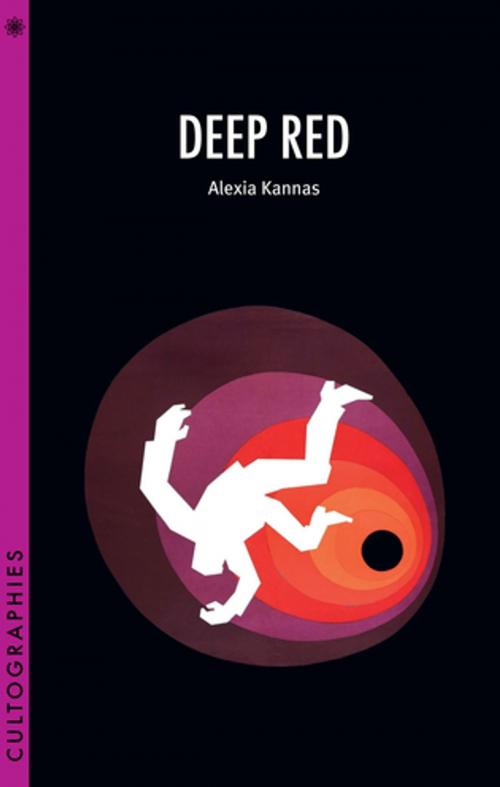| Author: | Alexia Kannas | ISBN: | 9780231851060 |
| Publisher: | Columbia University Press | Publication: | February 7, 2017 |
| Imprint: | WallFlower Press | Language: | English |
| Author: | Alexia Kannas |
| ISBN: | 9780231851060 |
| Publisher: | Columbia University Press |
| Publication: | February 7, 2017 |
| Imprint: | WallFlower Press |
| Language: | English |
The release of Italian director Dario Argento's Deep Red in 1975 saw both a return to form for the director and the crystallization of tropes of the giallo genre. While the film's immense popularity in Italy spawned a wave of copy-cat formula thrillers, this enthusiastic reception was not replicated by English-speaking audiences on its theatrical release. With its loosely woven narrative and hyper-stylized violent set pieces, Deep Red was critically panned in the United States and the UK as clichéd and exploitative Euro-schlock. Tracing the film's history of censorship, re-edited releases, and its subsequent celebration by cult film audiences, this book considers how these competing discourses have helped to transform the film's cultural status and to fashion it as an exemplar of cult cinema.
The release of Italian director Dario Argento's Deep Red in 1975 saw both a return to form for the director and the crystallization of tropes of the giallo genre. While the film's immense popularity in Italy spawned a wave of copy-cat formula thrillers, this enthusiastic reception was not replicated by English-speaking audiences on its theatrical release. With its loosely woven narrative and hyper-stylized violent set pieces, Deep Red was critically panned in the United States and the UK as clichéd and exploitative Euro-schlock. Tracing the film's history of censorship, re-edited releases, and its subsequent celebration by cult film audiences, this book considers how these competing discourses have helped to transform the film's cultural status and to fashion it as an exemplar of cult cinema.















